In 2018, in Hot Stove #69, I wrote about Lorenzo Cain, Eric Hosmer, Mike Moustakas and Jarod Dyson, players who had brought such joy to Royals fans. They had moved on and were wearing the laundry (uniforms) of opposing teams.
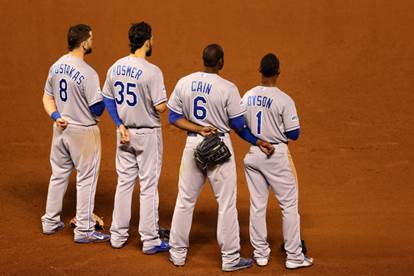
The “laundry” angle comes from a Seinfeld bit, and today I am expanding the concept to embrace the high-finance world of MLB laundry logos.
Rooting for Laundry: In a 1995 episode of Seinfeld, Jerry’s opening monologue started with this:
“Loyalty to any one sports team is pretty hard to justify. Because the players are always changing, the team can move to another city, you’re actually rooting for the clothes when you get right down to it. You know what I mean, you are standing and cheering and yelling for your clothes to beat the clothes from another city.”
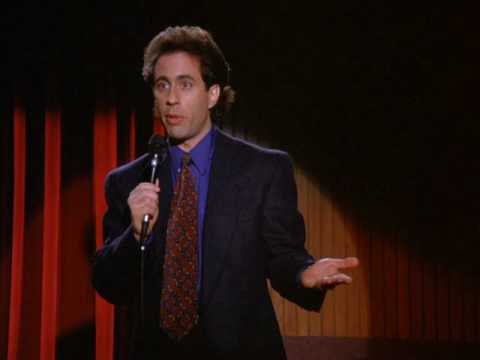
The 37-second bit (clip here) went viral and is often referred to as “rooting for laundry,” a shorthand phrase for hometown loyalty.
When Jerry did his bit in 1995, he was talking about the team name and/or logo on the uniform. But there is now major competition for space on that MLB laundry.
Rooting for Nike: Prior to the 2020 season, MLB entered into a 10-year deal with Nike to add the Nike swoosh to the uniform of all 30 teams. Commissioner Rob Manfred touted Nike as a “global brand” with a “reputation as a leader in driving innovation.”
Plus this. $1,000,000,000. Yes, a billion dollars. About $3 million per team each year.
Many fans and sportswriters were angered by MLB’s action, some warning that “MLB Meets NASCAR.”
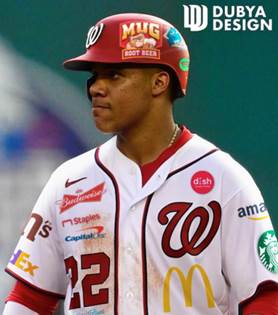
But it’s a billion dollars. For just having the ubiquitous Nike swoosh. Sounds like a savvy move to me.
The MLB press release showed all 30 uniforms, each with a generic #20. As Royals fans know, that was Frank White’s number, which was retired in 1995.
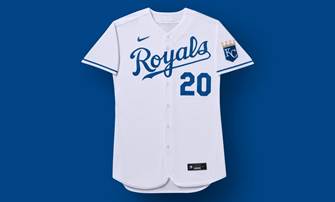
Rooting for [fill in sleeve patch sponsor]: While Nike got the premium space on the front of the jersey, the sleeve was not far behind.
The collective bargaining agreement that ended the 2021-2022 lockout included a provision allowing teams to sell ad space on the sleeves of player jerseys. Ads for spirits, betting and media are not allowed.
This has been important real estate for team advertising in other sports, notably the NBA (not the sleeve, but close). Below, Seth Curry with the league-wide Nike swoosh and the Warriors’ team sponsor (Rakuten, a technology conglomerate sometimes referred to as the Amazon of Japan). Some NBA numbers: $20 million/year for the Warriors (Rakuten) and Lakers (Korean food-maker Bibigo) and $30 million/year for the Nets (Webull, an online trading platform based in NY and owned by a Chinese holding company).

MLB can credibly argue that its sleeve ads will be more valuable than the lucrative NBA deals. There are 162 games (NBA has 82). The pace of baseball and camera angles for the batters and pitchers offer more exposure for advertisers. One estimate is that MLB patches will get 37 minutes of exposure per game versus four minutes for an NBA ad patch.
Advertisers have jumped in. At least fourteen MLB teams have sleeve sponsors in this first year. More will be on the way. Here is a sampling:
Houston Astros: Although their sign-stealing scandal was five years ago, the Astros continue to be an unpopular team that gets booed at many MLB stadiums. But that did not keep them from getting a sleeve sponsor:
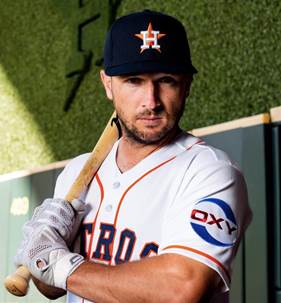
The most-hated franchise in baseball teamed up with Oxy. What’s your first thought when you see this patch? Mine was oxycontin and the Sackler family.
But that made no sense, and of course I was wrong. Oxy is the tradename for Occidental Petroleum, a long-time sponsor of the Astros. So at Minute Maid Park, it’s okay to root for Oxy.
New York Yankees: The pinstripes of the Yankee uniforms are so sacrosanct that even the names of players are not on them. But cracks have formed. First came the Nike patch. Then came the shoulder patch.
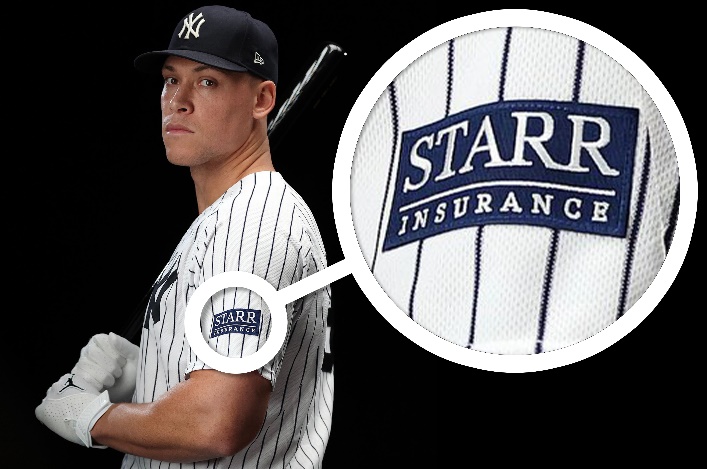
Starr is an insurance and investment organization having a presence on six continents (no Antarctica yet). The chairman of Starr is 98-year-old legendary insurance executive Hank Greenberg (no, not the baseball player). Greenberg was a long-time friend of the late George Steinbrenner.
New York Times sportswriter Tyler Kepner was not amused, tweeting that the Yankees “should have put [Seinfeld’s George] Costanza in charge and gone with Vandelay Industries” (inside joke for Seinfeld followers). There has also been substantial negative response from Yankee fans, but not to the Yankees bottom line – $25 million/year from its “signature sponsor.”
St. Louis Cardinals: St. Louis uniforms are now adorned with a patch for Stifel, a financial services firm.

The tweet announcement included a video showing a Stifel patch being sewn on the classic Cardinals jersey
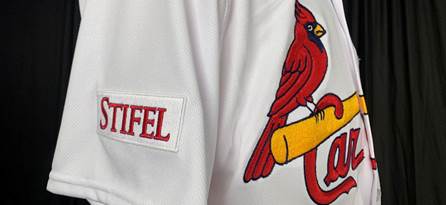
Los Angeles Angels: The FBM on the Angels uniforms stands for Foundation Building Materials, a “trusted supplier of quality building products.”
For maximum exposure, the placement of the patch on batters is on the arm visible to the centerfield camera – the prime shot during an at-bat. Hence, the patch is on left-handed-batter Shohei Ohtani’s right arm. That might not be the best exposure when Ohtani is pitching (with his right arm), but he bats in every game.
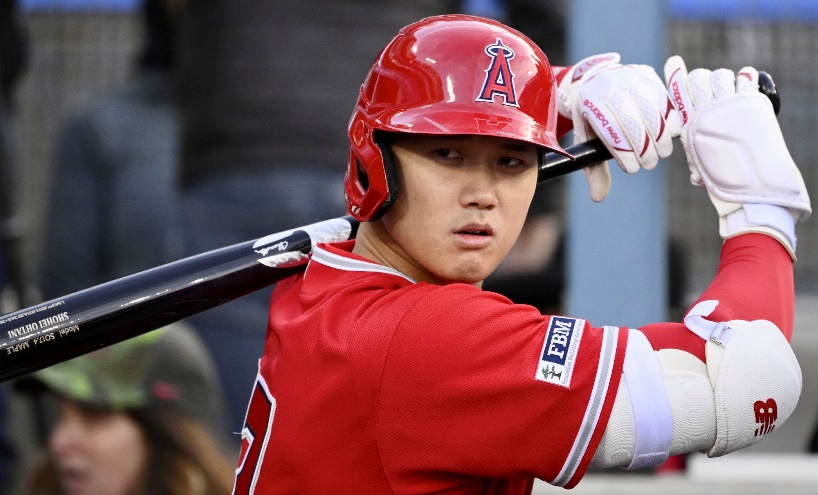
Ohtani no doubt has the most coveted advertising shoulder in baseball. He is a free agent next season, and I wonder if FBM gets a discount if Ohtani is not with the Angels next year.
New York Mets: The sponsor for the Mets is New York-Presbyterian Hospital. Some pundits quipped that it was because so many Mets players go on the injury list.
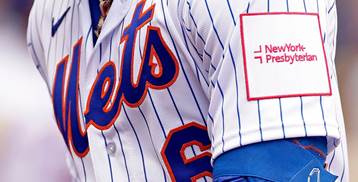
The original patch (above) was disliked by almost everybody, including owner Steve Cohen, so a makeover was ordered. Definitely an improvement.
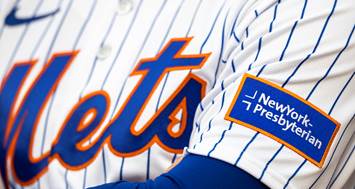
Detroit Tigers: I had not heard of the superstore chain Meijer until I saw the name on the Tigers uniforms. Per Wikipedia, the Michigan-based chain has a major presence in the upper Midwest. Promo: “Two iconic Michigan brands committed to grow together, to push Detroit ahead together, and to win together.” And just like the Cardinals, the Tigers released a video showing a sewing machine “stitching these two traditions together.”
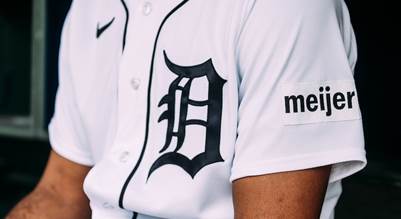
The Rest of the Story: The other eight teams…
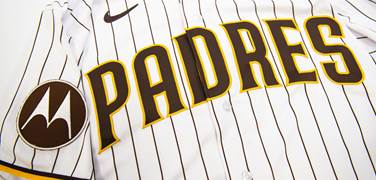
San Diego Padres – Telecommunications company Motorola ($10 million/year).
Arizona Diamondbacks – Tech company Avnet.
Atlanta Braves – Cement manufacturer Quikrete. Yet another video using a sewing machine to show Quikrete “as part of the fabric of the Atlanta Braves.”
Boston Red Sox – Insurer MassMutual ($17 million/year).
Cincinnati Reds – Grocery chain Kroger ($5 million/year).
Miami Marlins – Electronic security company ADT ($5 million/year).
Toronto Blue Jays – Commercial bank TD Canada.
Cleveland Guardians – This team is the champion of new laundry.

2019 – Cleveland Indians discontinued Chief Wahoo shoulder patch.
2020 – Added the Nike swoosh.
2022 – Changed the team name from “Indians” to “Guardians.”
2023 – Added shoulder patch for gas station retailer Marathon (Promo: “Another reminder that the baseball season is a Marathon, not a sprint”).
Rooting for Expanded Clothing Lines: For some 90 years, players in the All-Star Game wore their regular team jerseys. Below, the AL team in 1998.

In 2021, MLB changed to special jerseys for the All-Star game. Every player now wears the same style of jersey, and this year it was dark navy for the NL and light teal for the AL. Below, Salvy Perez after his single in the game, next to first baseman Matt Olson of the Atlanta Braves. I did not find a team photo, but I’m sure the team would be as photogenic as the one above.
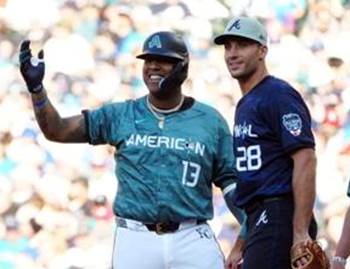
The reaction to the generic uniforms by fans and sportswriters has been mostly negative. But MLB likes the idea and plans to keep it in place.
Why? From what I have read, it is to establish a new line of clothing each year for fans to buy, i.e. another revenue stream.
[Teal Trivia: My negative reaction to Salvy’s uniform does not mean I am anti-teal. I think it looks great on the Kansas City Current.]
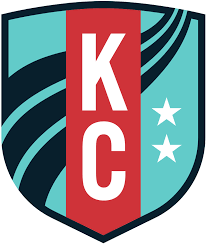
Seinfeld Again – Uniform Material: MLB and Nike proudly announced that the 2023 All-Star Game uniforms were the MLB debut of Nike’s latest innovation, Nike Vapor Premier. Vapor is engineered to “improve mobility, moisture [sweat] management and fit…It’s breathable, and lightweight performance fabric…90% recycled polyester yarns…with moisture-wicking Dri-Fit ADV technology to ensure athletes stay cool all game long.” Starting in 2024, this new “chassis” will be used for every MLB uniform.
Sweat management for baseball uniforms is not a new concept. An early pioneer in the field was George Costanza, the traveling secretary for the New York Yankees. In a Seinfeld episode first airing in 1995, George noticed that Danny Tartabull was very uncomfortable and sweating in his uniform. George talked Yankee management into changing from polyester to cotton which he argued is a natural fiber that breathes and will be five degrees cooler. The players loved it. Until the uniforms were laundered. And shrank. Click here for the highlight reel of this episode (4 minutes). It’s a hoot.
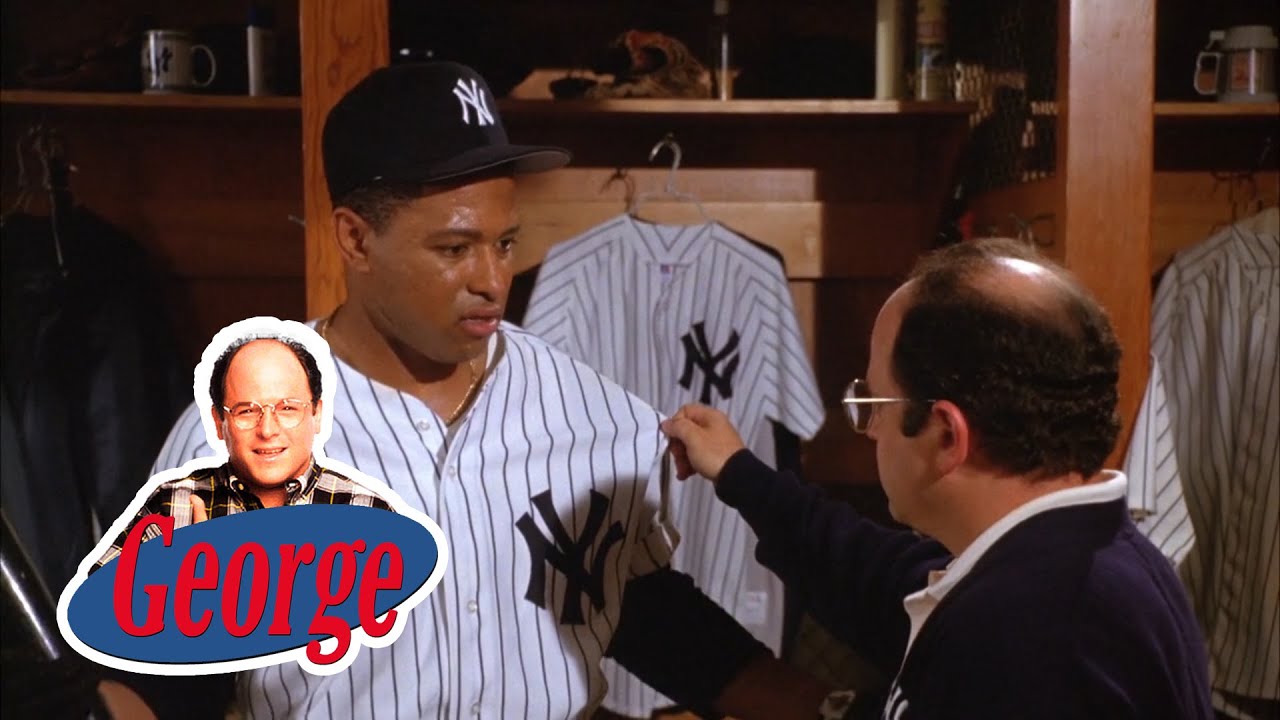
Newest Shoulder Patch Star – Elly: As has been the case with many of the team deals, the Cincinnati Reds partnered with a preexisting regional sponsor for its shoulder patch. The Cincinnati-based grocery chain Kroger is reportedly paying $5 million/year. The deal was not looking so good on June 5 when the Reds’ record was 27-33.
Then on June 6, rookie Elly De La Cruz was called up from the minors. With Elly in the lineup – yada, yada, yada – the Reds have gone 29-15 and are in a seesaw battle for first place in the NL Central.
Not only have the Reds been winning, they have been doing it with flair, much of that tied to heroics by Elly. He has hit monstrous home runs. He hit for the cycle. The 6’5” shortstop has a shotgun for an arm – the fastest throw to first this year.
And blazing speed on the bases, which made for my favorite play sequence of the 2023 season. In a game on July 8, Elly stole second base. Then he stole third and did not even draw a throw. When the catcher returned the ball, the pitcher slowly walked back to the mound, not realizing the Elly was inching his way down the third base line. Then Elly bolted and beat the throw to the plate.
Three stolen bases on two pitches! I’ve watched the video more than a few times (click here). Elly’s slide into home was captured in this cool photo (AP/Morry Gash).
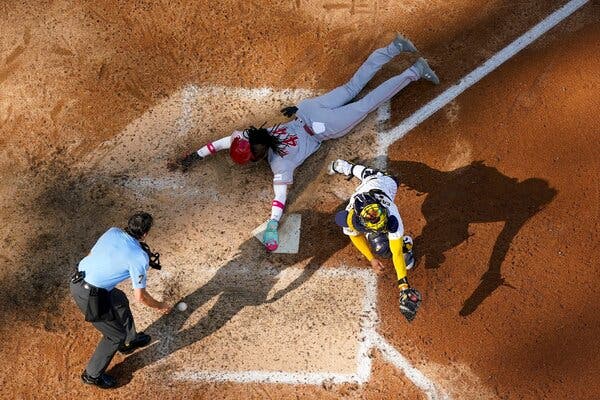
On a heads-up from Mark Abels, I watched a sequence of replays of Elly at-bats from this past Monday night. He led off the first inning with a blast to left that would have cleared the fence but for a superbly-timed leaping catch by Milwaukee’s Joey Wiemer (video here).

[Shoulder Patch Trivia: Note the sign for Meijer on the fence in Milwaukee. The same company that is the shoulder patch sponsor for the Tigers. Now I have heard of them twice.]
When Elly came up to bat in the third, the scoreboard operator trolled Elly about the home run robbery.

So what did Elly do? He hit a towering home run measuring 456 feet. You can’t rob that one. Video here (announcer comment, “that ball had a family”).
I’m betting Kroger likes being on Elly’s sleeve. And Reds fans are ecstatically rooting for Elly’s laundry.

Lonnie’s Jukebox – Faux Bands: Earlier this year, Rita and I watched the six-episode drama series Daisy Jones & the Six (Prime Video). Lead singer Daisy is played by Riley Keough, the granddaughter of Elvis Presley. She is excellent, as is Sam Claflin as the lead male singer/songwriter for the fictional band. We enjoyed the series.
The show is based on the book (same title), which was inspired by the “sex, drugs and rock ‘n’ roll” drama of Fleetwood Mac (below, Stevie Nicks and Daisy Jones).
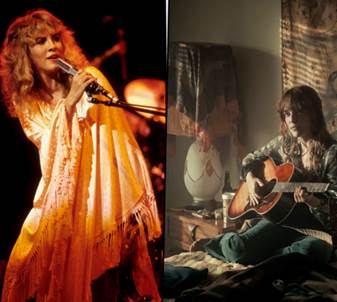
“Daisy Jones & the Six” – Trailer.
“Look At Us Now” by Daisy Jones & the Six (2023). “We can make a good thing bad…”.
“All You Need Is Cash” – Trailer. Hilarious. Monty Python’s Eric Idle and Neil Innes created the Rutles, a Beatles parody band for this 1978 mockumentary. The Rutles, a/k/a pre-Fab Four, “a music legend that will last a lunchtime.”
“Cheese and Onions” by the Rutles (1978).
“Sugar Sugar” by the Archies (1969). Producer Dan Kirshner created this fictional band after his first faux band, the Monkees, became a real band. A group of studio musicians played for a Saturday morning cartoon (The Archie Show), and the fake band went to #1 for four weeks. The record was the song of the year on the charts in the U.S. and Britain. In both sound and title, the most bubblegum song of all time.
“Fever Dog” by Stillwater (2000). This is the fictional rock band in Cameron Crowe’s roadie movie Almost Famous.
“That Thing You Do” by the Wonders (1996). The title song for a movie about an early-Sixties one-hit wonder rock group. Tom Hanks was the co-star, writer and director of the film.
“Big Bottom” by Spinal Tap (1984). From one of my top-ten movies, the mockumentary/rockumentary This Is Spinal Tap. “Big Bottom” is a cut from their fictitious album Brainhammer.
Spinal Tap’s claim to fame was being the loudest band in rock history. The iconic scene from the movie is when Nigel Tufnel (Christopher Guest) explains that the band’s amplifier knobs go to 11, while other bands peak at 10. Click here and be prepared to laugh even if you have seen it before. The phrases “up to 11” and “these go to 11” have their own Wikipedia page (click here).
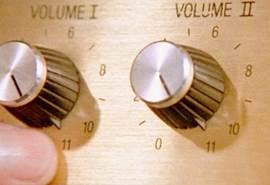
I was reminded of Nigel’s tutorial by a Kansas City Star headline on July 19. The Royals had surprisingly scored 11 runs to beat Detroit 11-10. The headline writer for the “Morning Sports Edition” was clearly familiar with Spinal Tap lore.
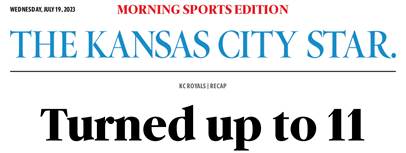
May the Royals have more Spinal Tap days. There would be nothing wrong with that.
Loose Park Moment: Rita and I often spot chipmunks while walking in Loose Park. They usually scurry away so quickly that photos are hard to get, but this one posed long enough on a tree stump for me to get this shot.
